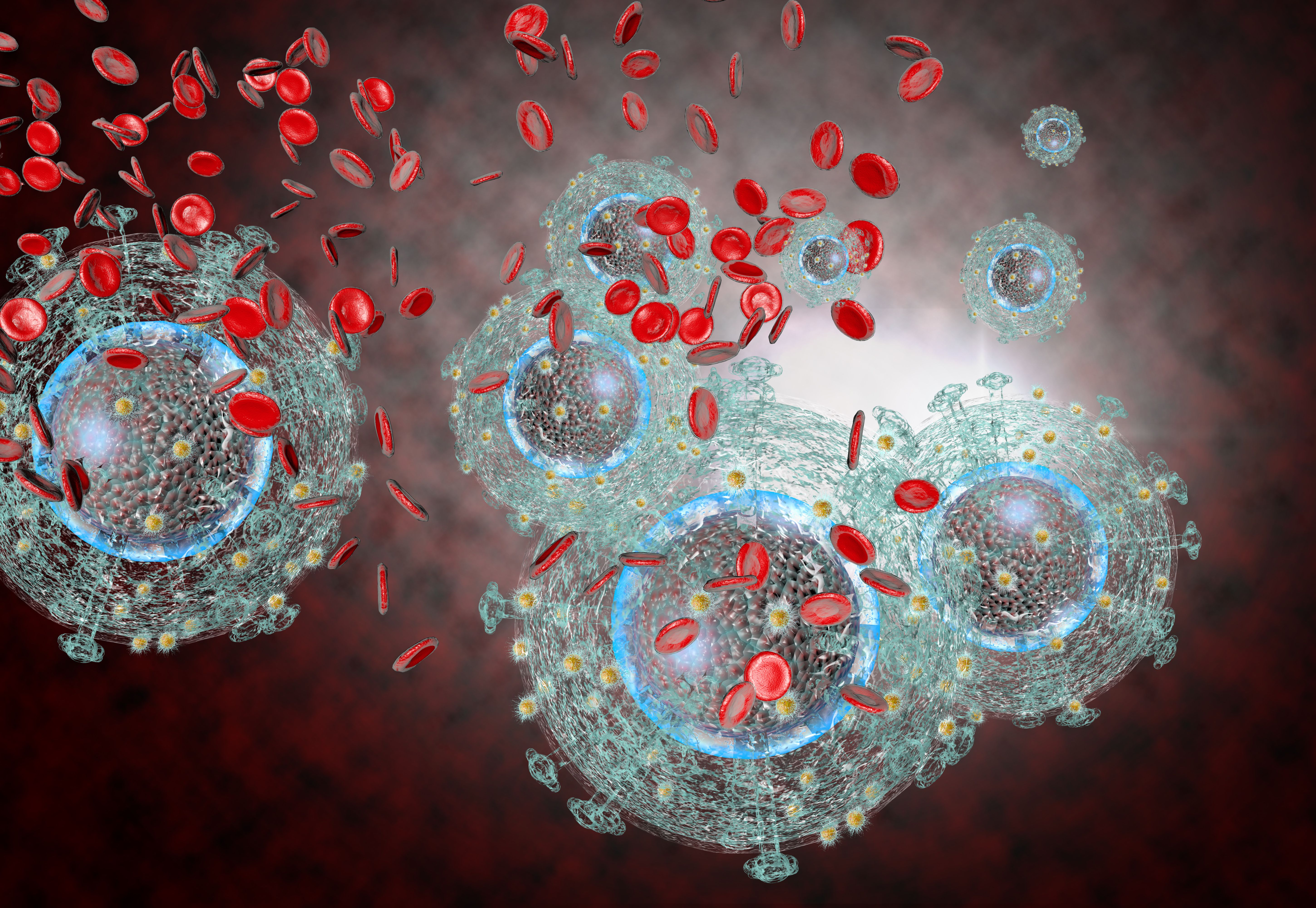Illuminating the Dark Corners of HIV-1 Persistence: Insights from Nonsuppressible Viremia
Some people still have low levels of HIV despite taking antiretroviral therapy as prescribed and lacking any indications of drug resistance. Understanding why could yield new strategies for dealing with HIV.

Despite significant advances in HIV research, there is still much to learn about the persistence of the virus within the body. Why do some individuals continue to have detectable levels of HIV in their bloodstream even when on antiretroviral therapy (ART)? And what implications does this “nonsuppressible viremia” (NSV) have for long-term treatment and potential cure strategies?
HIV-1, the virus that causes AIDS, has long been studied and managed through ART. While ART has been successful in suppressing the virus in most individuals, there remains a subset of patients who experience persistent viremia, meaning that the virus remains detectable in their blood despite treatment. This phenomenon has puzzled researchers and medical professionals alike, as it challenges our current understanding of viral replication and persistence.
To better understand this persistence, researchers have been conducting investigations looking for insights that could help unlock new treatment options or even a cure. By examining the unique characteristics of NSV, researchers can shed light on the factors contributing to ongoing viral replication and potentially identify novel targets for intervention.
Abbas Mohammadi, Ph.D., of Brigham and Women’s Hospital in Boston and colleagues reported the results of a study in Nature Medicine in November investigating the factors contributing to NSV in HIV-1 patients despite being on ART.
NSV is a persistent, low-level viremia in individuals treated ART who take the medication as prescribed (lack of adherence is not the issue) and for there is no evidence of drug resistance. The mechanisms and reservoirs leading to NSV are still not well understood. This study aimed to comprehensively evaluate the viral, cellular and immune mediators of NSV.
Mohammadi and his colleagues studied eight individuals with NSV and characterized their viral and host cell genetics, immune profiles, and ART drug levels. Plasma virus sequences showed large clones without viral evolution over time, indicating a transcriptionally active viral reservoir. In other words, cells with integrated HIV provirus in their genome are replication-competent, meaning they undergo cell division, maintaining the HIV reservoir.
The low-level viremia from viral replication comes from these clones over time. Identified as "producer proviruses" that produced matching plasma HIV-1 RNA sequences, these proviruses contain mutations that enable viral genome persistence and support the virus’s ability to produce viral particles. NSV that resulted from expanded clones of producer proviruses were larger than the proviral reservoir of individuals with suppressed viremia.
Strong evidence supports HIV-1 preference for integration near active chromatin and at sites where proviral gene expression is moderated by epigenetics. Integration site analysis revealed that producer proviruses were enriched near an activating epigenetic mark, indicating preferential integration into actively transcribed regions of the host genome (think of an epigenetic mark like an on/off switch for genes).
NSV was associated with distinct cell survival and decreased interferon (IFN) signaling in the viral reservoir. Downregulation of the interferon response genes reduced inflammation and immune activation, including the innate host antiviral response. Additionally, the researchers also found evidence of human leukocyte antigen escape in the NSV proviral reservoir, leading to suboptimal HIV-specific CD8+ T cell activity because of a loss of antigen recognition.
Transcriptomic and immunologic profiling revealed potentially permissive host cell and immune environments in NSV patients. The profiling highlighted potential mechanisms contributing to NSV, including differential expression of genes related to apoptosis, immunosuppression and IFN signaling. NSV participants exhibited lower levels of interleukin-10 and elevated interleukin-6, potentially related to age.
The research provides important insights into the viral and host factors contributing to NSV, which could have implications for managing HIV-1 infection. Understanding the mechanisms underlying NSV could help develop targeted interventions to eliminate persistent low-level viremia in individuals on ART. Additionally, the identification of specific epigenetic marks associated with NSV may lead to the development of novel therapeutic strategies for HIV-1 eradication.